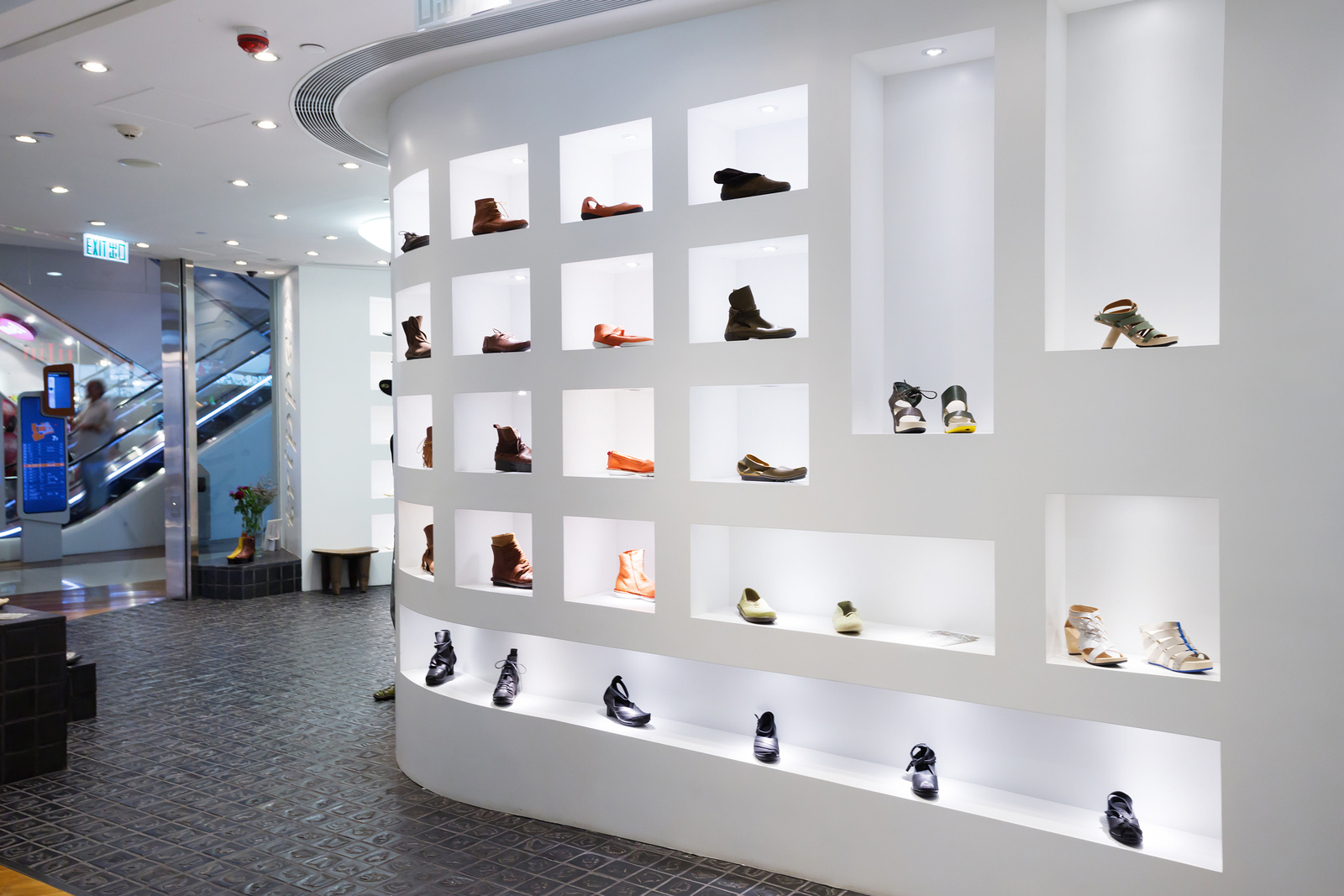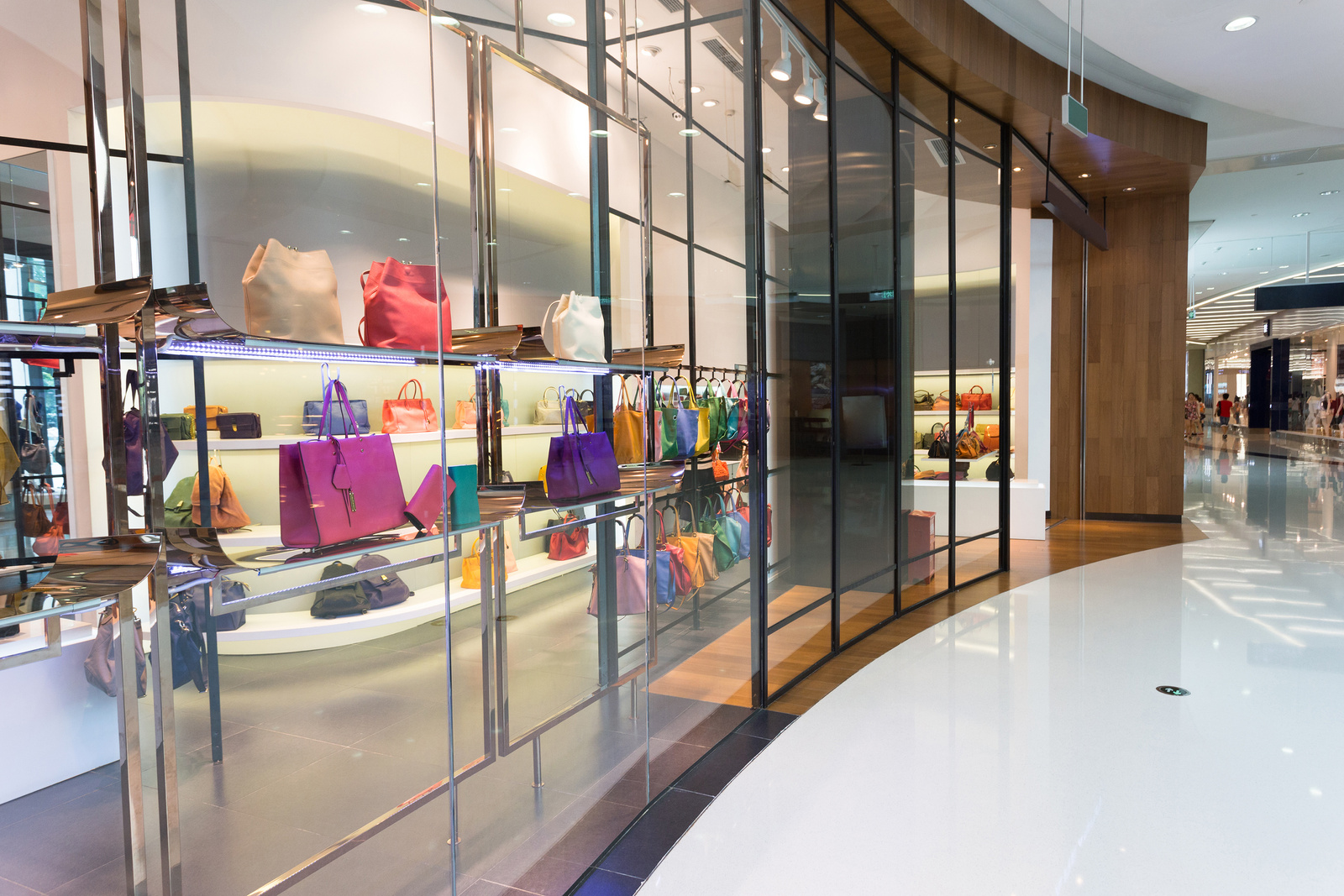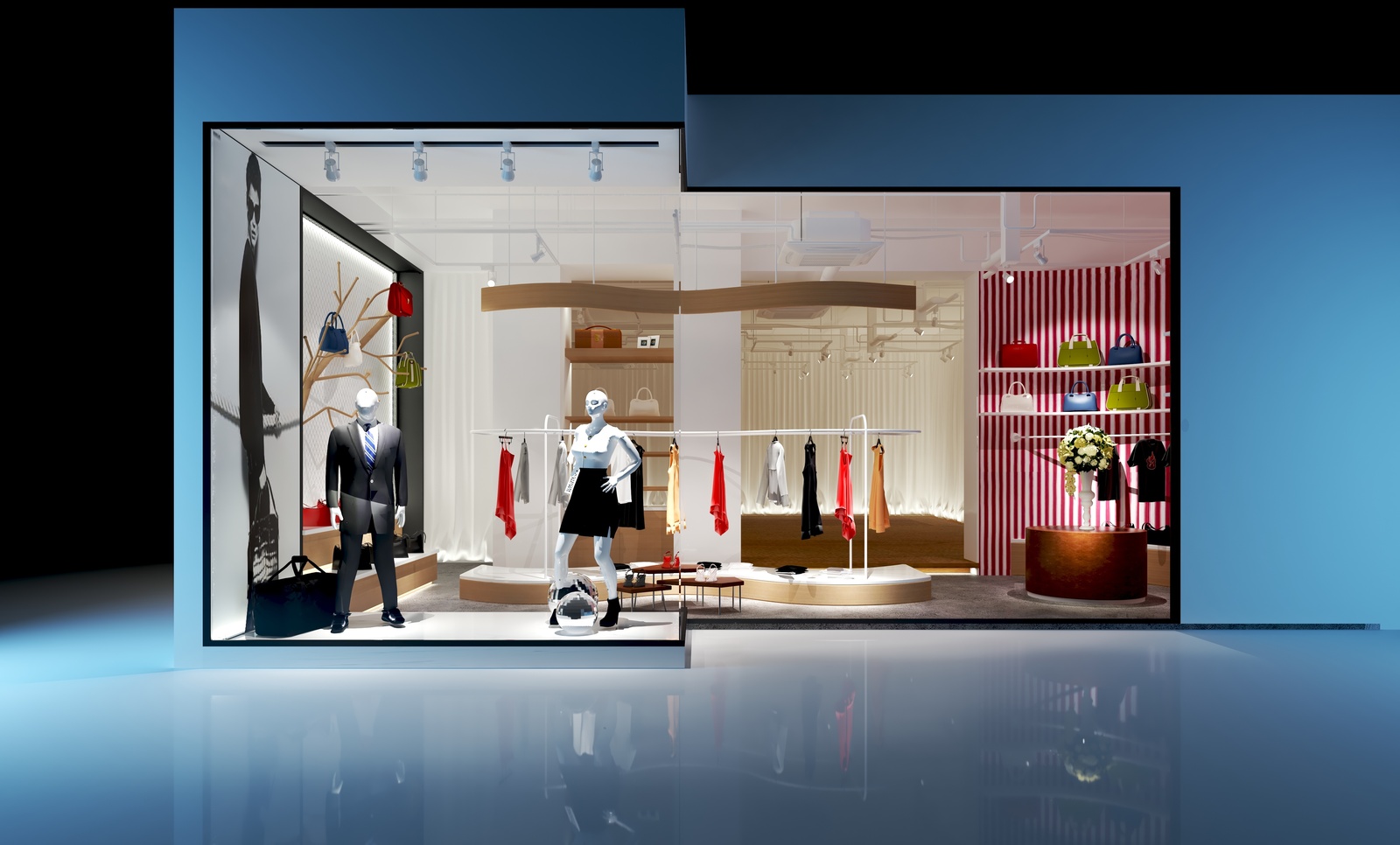
August 27, 2024
Maximizing Visual Merchandising Impact in Small Retail Stores
Table of Contents
-
Understanding the Importance of Visual Merchandising
-
Optimizing Store Layout and Display Areas
-
Creating a Compelling Product Display
-
Grouping and Layering Products
-
Utilizing Height and Depth
-
-
Enhancing Lighting and Color
-
Strategic Lighting Placement
-
Color Psychology
-
-
Utilizing Signage and Graphics
-
Clear and Informative Signage
-
Digital Signage and Interactive Displays
-
-
Creating Seasonal and Thematic Displays
-
Maximizing Space Efficiency
-
Maintaining and Refreshing Displays

Understanding the Importance of Visual Merchandising
Visual merchandising involves presenting products in a way that attracts customers and encourages purchases. For small retail stores, effective visual merchandising can differentiate them from competitors and create a memorable shopping experience.
Optimizing Store Layout and Display Areas
Strategic Layout
Maximize the use of space by arranging displays to guide customers through the store efficiently. Ensure clear pathways and avoid overcrowding. Small stores benefit from open, airy layouts that make it easy for customers to navigate and explore products.
Focus Areas
Identify key areas within the store where high-margin or seasonal items can be prominently displayed. These focus areas should be easily accessible and catch customers’ attention as they enter or move through the store.

Creating a Compelling Product Display
Grouping and Layering Products
Group products in themed or complementary sets to encourage multiple purchases. Layering items of varying heights and textures creates visual interest and draws customers’ eyes to different parts of the display.
Utilizing Height and Depth
Use shelves, risers, and display fixtures to add height and depth to your displays. This technique not only maximizes vertical space but also allows for better visibility of products from different angles.
Enhancing Lighting and Color
Strategic Lighting Placement
Proper lighting enhances product visibility and creates a welcoming atmosphere. Use focused spotlights or adjustable track lighting to highlight featured products and create focal points within the store.
Color Psychology
Incorporate colors that resonate with your brand and appeal to your target audience. Warm tones like oranges and yellows can create a cozy atmosphere, while cooler tones like blues and greens can convey a sense of calm or sophistication.

Utilizing Signage and Graphics
Clear and Informative Signage
Use clear, concise signage to communicate product features, prices, and promotions. Ensure that signage is easily readable and strategically placed to guide customers through the store.
Digital Signage and Interactive Displays
Incorporate digital signage or interactive displays to showcase product demonstrations, customer testimonials, or dynamic content. These modern elements can engage customers and provide additional information that influences purchasing decisions.
Creating Seasonal and Thematic Displays
Change displays regularly to reflect seasons, holidays, or promotional events. Seasonal displays create excitement and urgency, encouraging customers to explore new products and make timely purchases.

Maximizing Space Efficiency
Multi-functional Displays
Choose display fixtures that serve multiple purposes, such as shelves with integrated lighting or mobile displays that can be easily repositioned. This flexibility allows you to adapt the store layout quickly to accommodate changing inventory or customer flow.
Maintaining and Refreshing Displays
Regularly update and maintain displays to keep them looking fresh and appealing. Replace worn-out signage, dust shelves, and rotate products to prevent stagnation. Fresh displays attract repeat customers and encourage them to discover new items.



